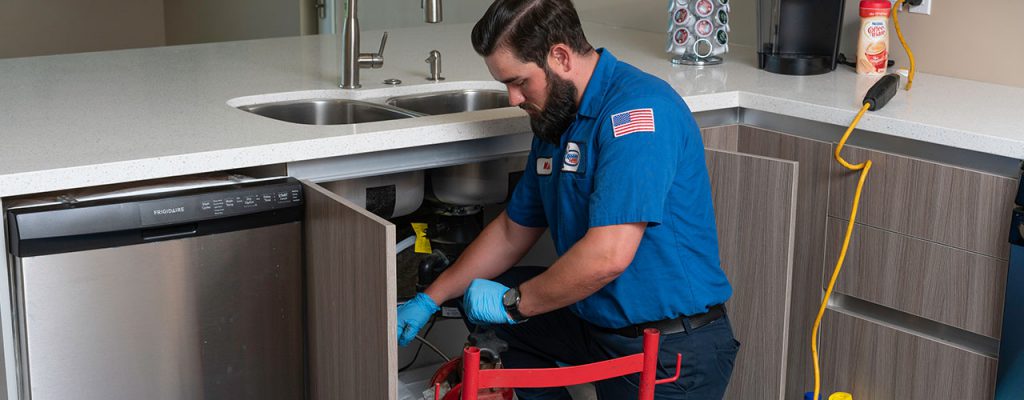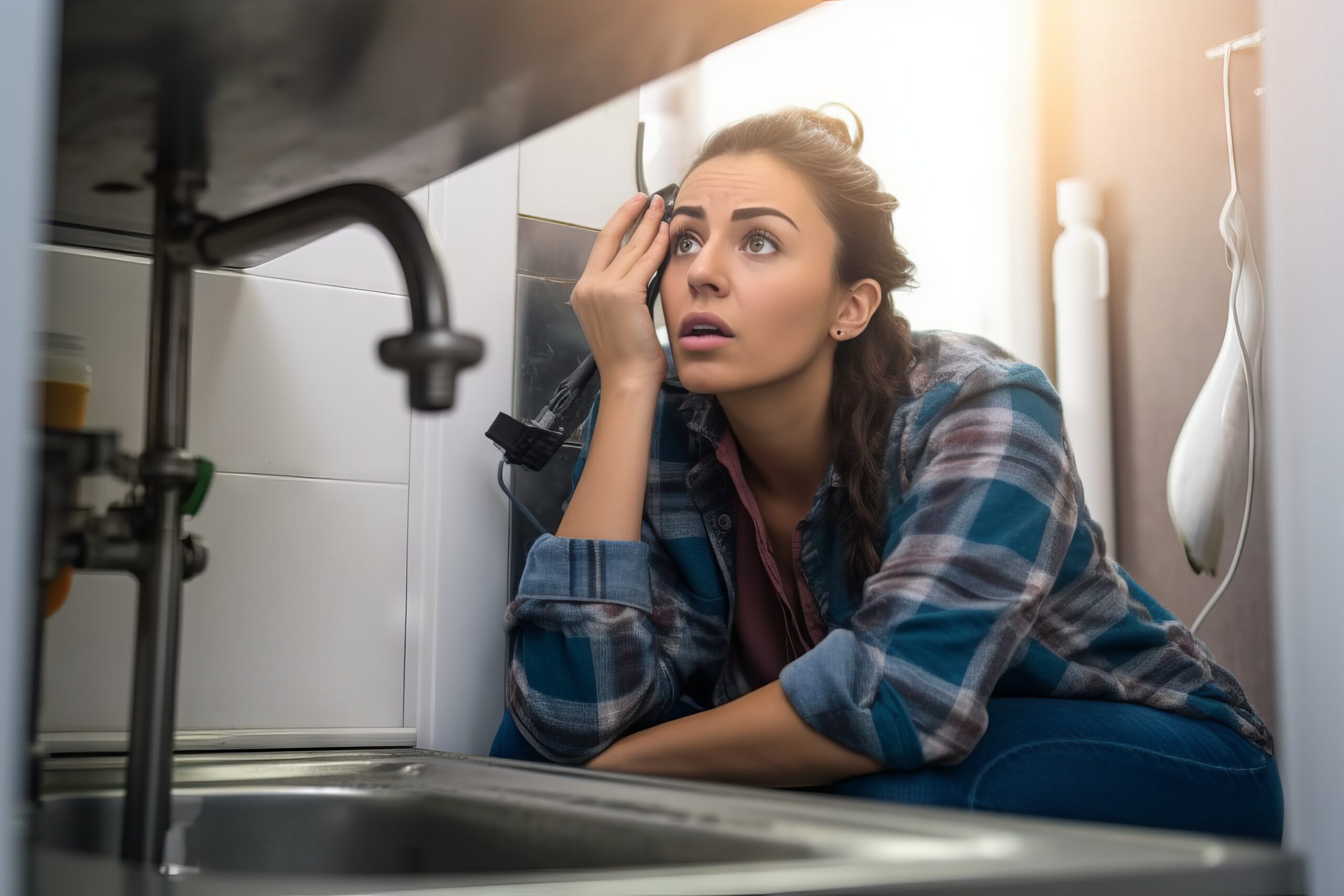Tackling Plumbing Problems in Older Homes: Important Tips
Tackling Plumbing Problems in Older Homes: Important Tips
Blog Article
This post listed below on the subject of Common Plumbing Problems in Older Homes is amazingly engaging. Read it for your own benefit and see what you think of it.

Older homes often include charm, personality, and history, yet they can likewise bring a host of plumbing problems. Whether you're handling aging pipelines, low tide pressure, or leakages, knowing just how to attend to these typical problems is critical to preserving a safe and useful home. In this guide, we'll check out the normal pipes difficulties encountered by older homes and supply practical remedies to keep your pipes in leading shape.
Understanding Usual Plumbing Issues
Aging Pipelines
One of one of the most typical issues in older homes is maturing pipes. Depending upon the period in which your home was developed, the pipelines may be made from products that have actually weakened with time, such as galvanized steel, cast iron, or even lead. These products can wear away, end up being weak, or develop leakages, bring about water damage and prospective carcinogen.
Water High Quality Screening
Older pipelines can impact the quality of your water. Conduct a water high quality test to check for contaminants such as lead, corrosion, or other pollutants that might be introduced by maturing pipelines.
Solutions for Usual Pipes Issues
Replacing Aging Pipelines
If your home has old, deteriorating pipes, think about changing them with modern-day products like copper or PEX. This can be a substantial financial investment, however it will prevent future issues and enhance the safety and integrity of your pipes system.
Taking Care Of Low Tide Stress
To repair low tide pressure, beginning by cleaning or replacing old fixtures and removing mineral buildup in the pipelines. If the trouble lingers, it may be needed to change sections of corroded pipes.
Repairing and Replacing Leaking Pipelines
For small leaks, you can use pipe clamps or epoxy putty as a short-term repair. Nevertheless, it's finest to replace dripping pipelines completely to prevent additional damage.
Upgrading Fixtures
Upgrading old fixtures to modern, water-efficient models can boost your home's pipes efficiency and minimize water intake. Try to find components with the WaterSense label for the best efficiency.
Dealing with Pipeline Deterioration
If your pipelines are worn away, changing them with corrosion-resistant materials like copper, PVC, or PEX is the very best service. Regular inspections and water quality maintenance can aid stop additionally rust.
Low Water Stress
If you're experiencing low tide stress, it could be due to natural resources, rust inside the pipes, or old fixtures that are no more working effectively. This can be a major aggravation, particularly in areas like showers and sinks.
Dripping Pipelines
Leaks are one more frequent concern in older homes, commonly triggered by rusty or damaged pipes. Also tiny leaks can bring about considerable water damage, mold and mildew growth, and increased water costs if not addressed promptly.
Obsolete Components
Obsolete plumbing fixtures such as taps, bathrooms, and showerheads not only look old however might likewise be much less reliable, susceptible to leakages, or incompatible with modern-day plumbing criteria.
Pipe Rust
Deterioration is a typical trouble in older pipes, specifically those made from galvanized steel or cast iron. Rusty pipes can limit water flow, create discoloration, and ultimately lead to leaks or pipeline bursts.
Assessing the Condition of Your Plumbing
Inspecting Visible Pipes
Begin by evaluating any type of noticeable pipelines in your home, such as those in cellars, crawl spaces, or under sinks. Look for indicators of corrosion, leaks, or corrosion, which can show underlying issues.
Looking for Leakages
Look for leakages by evaluating areas around faucets, bathrooms, and under sinks. You can additionally monitor your water meter before and after a duration of no water use to discover concealed leakages.
When to Call an Expert
While some pipes concerns can be taken care of with do it yourself services, there are times when it's ideal to contact a specialist. If you're dealing with significant leaks, substantial deterioration, or are uncertain concerning the condition of your pipelines, a certified plumbing technician can provide skilled assessment and repair service.
Preventive Upkeep Tips
Regular Assessments
Routinely inspect your plumbing system for indications of damage. Catching problems early can stop pricey fixings down the line.
Water Stress Regulation
Ensure your water pressure is within the advised range to avoid stressing your pipes and components. A plumber can install a pressure regulatory authority if needed.
Water Top Quality Upkeep
Install water filters or softeners if your water high quality is poor. This can safeguard your pipelines and fixtures from damage triggered by hard water or contaminants.
Proactive Pipe Substitute
If your home has older pipelines, think about positive substitute prior to major concerns arise. This can conserve you from emergency situation repair services and water damages.
Verdict
Taking care of plumbing problems in older homes needs a combination of vigilance, precautionary upkeep, and prompt upgrades. By recognizing the common obstacles and understanding when to look for specialist help, you can ensure your plumbing system remains functional and dependable for years to find.
Common Plumbing Issues in Older Homes and How to Fix Them
Owning an older home in Australia comes with its unique charm and a set of challenges, especially when it comes to plumbing. The Sunshine Coast has many older properties that can harbour plumbing problems that aren t just inconvenient but potentially costly. Here s a look at some common plumbing issues in older homes and expert advice on how to handle them.
Outdated Piping Materials
Many older homes were built with galvanised steel, cast iron, or even lead pipes, materials that are far from ideal by today s standards. Galvanised pipes are prone to corrosion and clogging, while lead pipes pose serious health risks.
How to Fix:
Replacing old pipes is a job for a professional. Upgrading to copper or PVC piping not only enhances water quality and flow but also increases the property s safety and value. If you suspect your home has outdated materials, a licensed plumber can conduct a thorough inspection and recommend the best course of action.
Corrosion and Pipe Degradation
Over time, exposure to water and minerals can cause pipes to corrode, leading to leaks, bursts, and water contamination. Corrosion is especially common in homes over 50 years old.
How to Fix:
Regular inspections can catch early signs of corrosion. If corrosion is found, the affected section of piping often needs to be replaced. For homes with extensive corrosion, a complete plumbing overhaul might be necessary. It s crucial to consult with a plumbing expert to understand the extent of the issue.
Tree Root Intrusion
Older neighbourhoods usually have mature trees whose roots can intrude into pipe lines, causing blockages or damage. This is particularly problematic for sewer lines, where roots seek out water sources.
How to Fix:
A plumber can use a specialised camera to inspect sewer lines for root intrusion. If roots are a problem, methods like root cutting or hydro-jetting can clear the obstruction. In severe cases, part of the pipe may need replacing. Consider root barriers around the piping to prevent future issues.
Inadequate Water Pressure
Low water pressure in older homes can be due to various factors, including corroded water lines, sediment build-up in pipes, or outdated fixtures.
How to Fix:
First, check if the low pressure is isolated to one area or throughout the house. Replacing old fixtures can sometimes resolve the issue. However, if the problem is more widespread, it might be due to sediment or corrosion. Flushing the system or replacing the affected pipes usually restores normal pressure. Again, a professional assessment is advisable.
Outdated Fixtures
Older homes often feature fixtures that are not only visually dated but functionally inefficient. This includes everything from toilets and taps to showerheads and washing machine hoses.
How to Fix:
Updating these fixtures can improve both water efficiency and the aesthetic appeal of your home. Modern fixtures are designed to conserve water, which can significantly reduce your water bill and lessen your environmental impact.
Conclusion
Maintaining the plumbing in an older home requires a proactive approach. Regular checks and updates are key to preserving these beautiful properties. If you re facing plumbing issues in your older home, it s best to call on experienced professionals like Green & Gold Plumbing & Gas. With the right expertise, even the most daunting plumbing problems can be resolved, ensuring that your home s character is maintained while its functionality is enhanced.
https://gandgplumbing.com.au/common-plumbing-issues-in-older-homes-and-how-to-fix-them/

Hopefully you liked our part on Main Plumbing Issues Found in Old Houses. Thanks so much for taking a few minutes to read through our article. If you enjoyed reading our post kindly don't forget to share it. Thanks a bunch for being here. Don't forget to stop by our blog back soon.
View Website Report this page